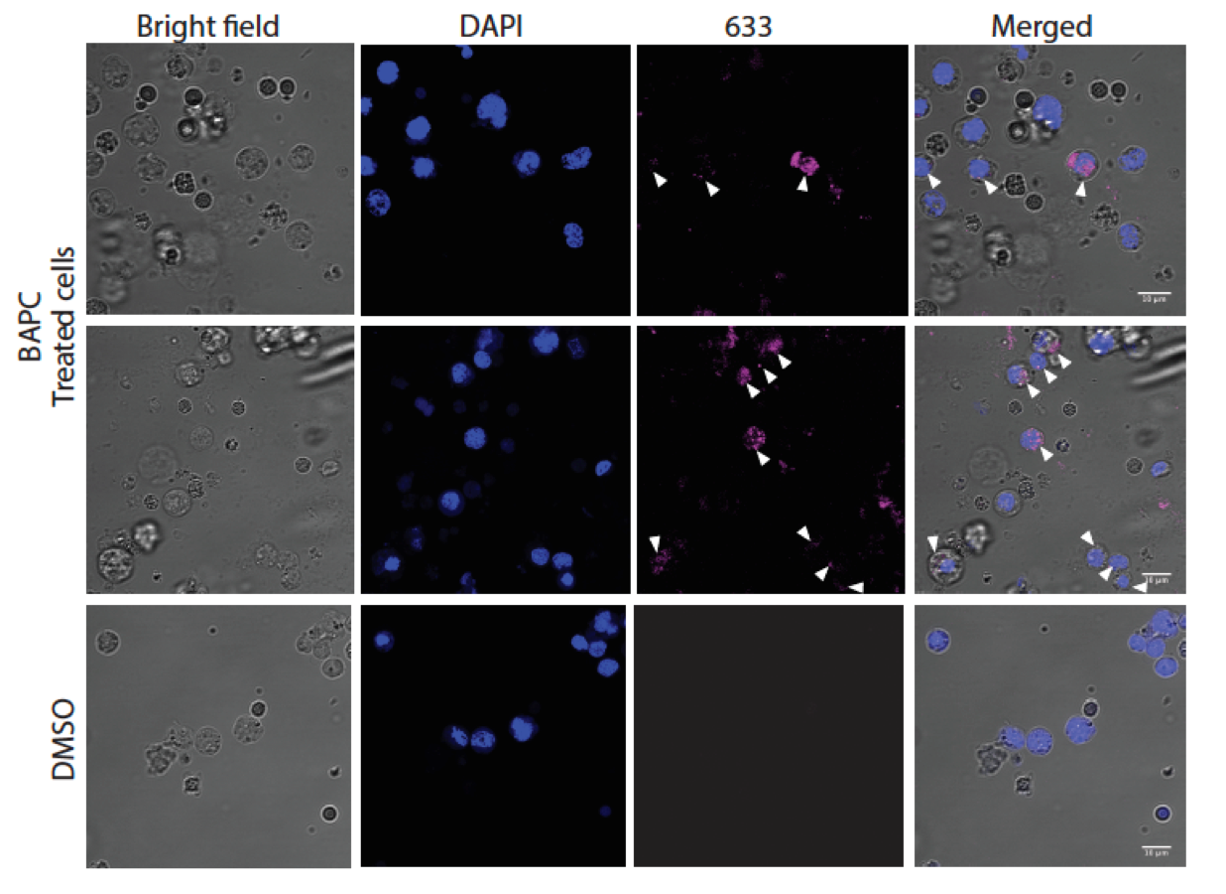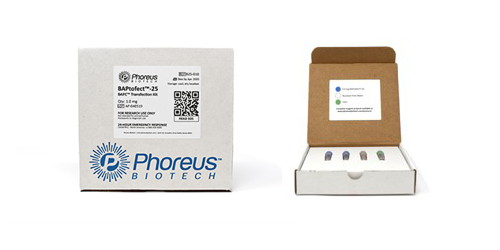
All too often, researchers doing cell transfection must conduct a careful balancing act. Achieving a level of transfection that’s high enough to provide reliable results, without killing too many cells in the process, is a constant struggle. For scientists working with stem cells, these problems are even more challenging due to their historically low transfection rates (typically less than 5 percent).
Many scientists are now looking to utilize stem cells for CRISPR-based gene editing to generate a new understanding of diseases at the cellular level. It’s never been more important for there to be an efficient and reliable way to transfect stem cells to enable new discoveries in genome editing. There is now a significant need for stem cell transfection protocols to be optimized for CRISPR applications. Protocols that allow stem cells to maintain their pluripotent state and minimize the cytotoxicity of transfection are essential.
Our Branched Amphipathic Peptide Capsules (BAPC™) overcome the problems of liposomal carriers and help minimize the stresses of transfecting stem cells. This is particularly relevant for induced pluripotent stem cells (iPSCs), which can be extremely sensitive to environmental changes and respond poorly to stress.
Fluorescence-activated cell sorting (FACS) sorted stem cells (irradiation sensitive cells) were cultured for 6 hours and incubated with BAPC with Atto 633 overnight. The cells were then washed twice with the media fixed in 4 percent FFA. DMSO treated cells were used as the negative control. In the diagram above, scale bars represent 10 microns, and white arrows depict BAPC-positive cells.
The Phoreus™ BAPtofect™-25 cell transfection kit minimizes the stresses of transfection in stem cells. Due to BAPC being constructed from synthesized, naturally occurring peptides, they are self-assembling, water soluble, not toxic to cells, and do not trigger an immune system response.
Phoreus is now working with industry partners to develop new protocols for transfection of iPSC stem cells. While this initial work has successfully demonstrated the efficient uptake of our dyed BAPC by stem cells, research is currently underway to demonstrate protected delivery of nucleic acids resulting in successful stem cell transformation. These new protocols will facilitate the delivery of CRISPR Cas-9 and guide RNA for gene editing in stem cells, creating an exciting new understanding of diseases at the cellular level.
